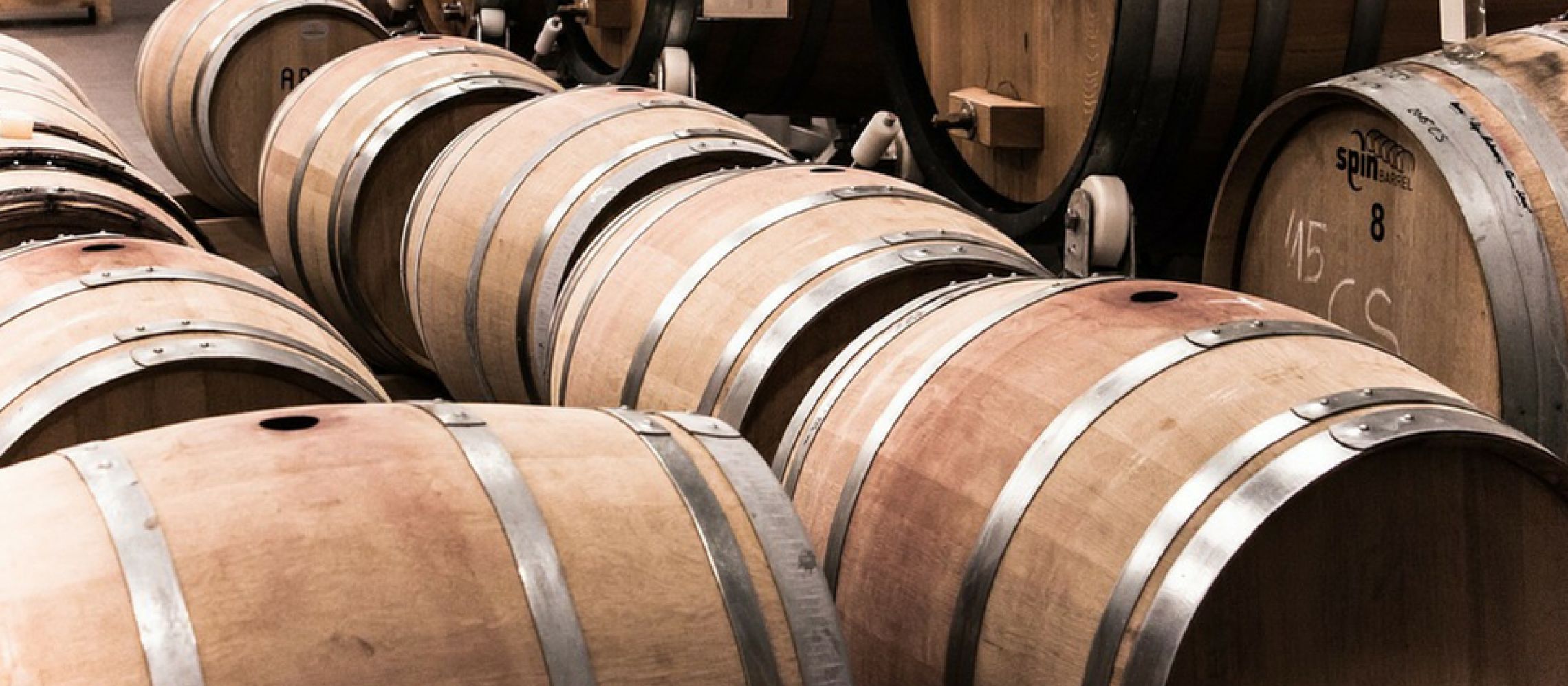Early Bird Deadline
30 November 2025
Judging
Date
23 March 2026
Winners Announcement
22 April 2026
30 November 2025
23 March 2026
22 April 2026

If you are thinking about storing and cellaring your beer, there are several key points you will need to keep in mind. First and foremost, you will need to consider the storage temperature. Secondly, you will need to make sure that there is no exposure to direct light (or even fluorescent light), otherwise, the beer you’ve been holding onto for awhile could emerge from cellaring “skunky.” With that in mind, here are a few practical tips for storing your beer.
Depending on the brewery, it should be relatively easy to find the “bottled on” date for your beer. As a general rule of thumb, you have 3 months from the “bottled on” date to consume the beer without worrying about storage. After that, you will need to start thinking about refrigeration for your beer to slow down the ageing process, especially if it is a very light IPA.
All things being equal, beers that are higher in alcohol (as measured by ABV) will keep for a longer period of time than beers that are lower in alcohol. The benchmark here is 8% – any beer higher than 8% alcohol by volume doesn’t need immediate refrigeration. That also holds true if a beer is a sour or smoked style. So your first priority should be storing beers that are less than 8% ABV.
Most people prefer to store their beer in a refrigerator. That’s because the cold temperatures help to slow down the ageing process. In a way, it’s like storing bread in the refrigerator – a loaf of bread is going to last longer when it’s kept chilled than if it is kept at room temperatures. If you are lucky enough to have a second fridge – such as one in your basement – that makes for a perfect option for storing your beer.
As far as the right temperature to store a beer, the exact temperature depends on the style of beer. Very light beers need to be chilled at lower temperatures, while darker beers can be chilled at 50-55 degrees Fahrenheit, or even at room temperature. The beers that you will definitely want to keep cold are any hop-centric beers (such as IPAs), where you will lose a lot of the hops aromatics without chilling.
You need to make every effort to store beer away from any kind of light. Most people know that you can’t store beer with exposure to direct sunlight, but they might not realize that some fluorescent lights can be just as damaging. Basements make a great storage environment. But if your home does not have one, you can always store beer in a dark closet or under your bed.
In recent years, there has been growing debate about whether you should store a beer upright or lying down (much like you would with a vintage bottle of wine). As a general rule, always store upright. The reason for this has to do with simple chemistry: within every bottle of beer, there is a small amount of trapped air. If this air comes into contact with the beer, that’s when oxidation occurs. And, naturally, this is going to degrade the quality of the beer. When you store upright, you minimize the amount of the beer surface area that has contact with this air, thus minimizing the amount of oxidation that can take place.
If you can control for each of the factors mentioned above – light, exposure to air and warm temperatures – you can cellar your beers for quite a long period of time. Some very high-alcohol beers, in fact, can be cellared for as long as 25 years. The high alcohol content acts as a preservative, slowing down the ageing process dramatically. However, for lighter beers, 300 days in a refrigerator might be the longest you can hope to store them without a significant decline in quality.
And one final reminder: the storage temperature should be the serving temperature. That is, when you finally take one of your beers out of storage, make sure that you don’t serve it too chilled if you’ve been storing it at room temperature, and vice versa. Beers might not be as delicate as wines, but you need to pay attention to the factors that can deliver the best possible beer drinking experience later.
Show your beers where it matters. Get your products tasted by top buyers and experts at the London Competitions — enter now.